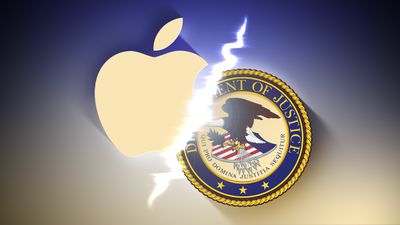Apple's satellite texting features saved an injured climber over the weekend, according to Colorado news reports. The man was stuck above 10,000 feet on Snowmass Mountain, which is one of many snowy mountains in Colorado. It can be a dangerous hike due to the potential for rockfall and because of ice.

On the trip, the unnamed 53-year-old man summited the mountain and was using a technique called glissading to slide down the mountain. Sliding down a snow-covered mountain can result in injury, and the man suffered damage to his wrist that prevented him from continuing.
There was no cellular signal where he was located, but he was able to use the iPhone's satellite texting functionality to contact a family member. The family member got in touch with the sheriff's office and Mountain Rescue Aspen.
He was located at Snowmass Lake, which is approximately eight miles from the mountain's parking area. Responders said the man was not able to walk out on his own, and it took 17 rescuers to get him to safety. Rescuers arrived to the mountain at approximately 8:25 a.m., and the climber was safely out of the area by 5:30 p.m.
Texting via satellite is just one of several satellite-based features that are offered on the iPhone 14 and newer. There is also an Emergency SOS via satellite feature that allows iPhone users to get in touch with emergency services when no cellular or Wi-Fi connectivity is available.
In a press release, the Pitkin County Sheriff's Office suggested that climbers learn how to use satellite texting. "Mountain Rescue Aspen and the Pitkin County Sheriff's Office remind adventurers that carrying an emergency communication device and knowing how to use Apple Satellite texting can significantly speed up the rescue process. If you are asking for help, don't hesitate to press the SOS button--it allows MRA to establish direct communication and coordinate a timely response," reads the release.



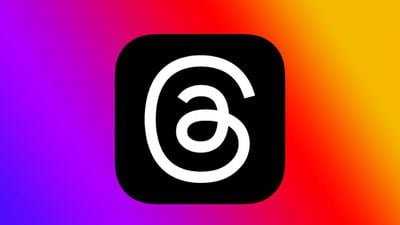
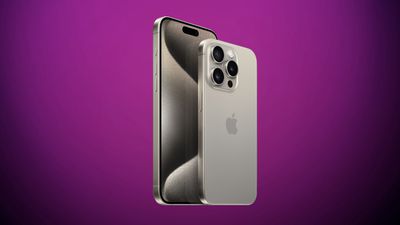
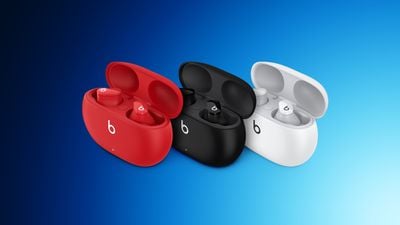
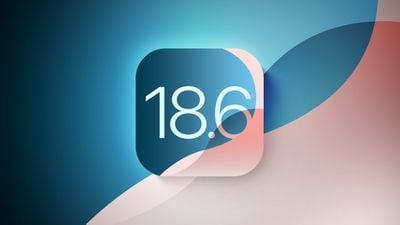

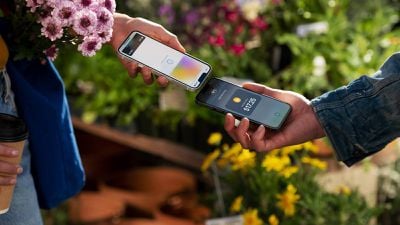
 Note: MacRumors is an affiliate partner with some of these vendors. When you click a link and make a purchase, we may receive a small payment, which helps us keep the site running.
Note: MacRumors is an affiliate partner with some of these vendors. When you click a link and make a purchase, we may receive a small payment, which helps us keep the site running.

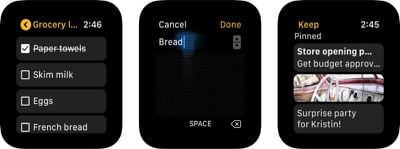 The Google Keep app for Apple Watch as it was upon release in 2019.
The Google Keep app for Apple Watch as it was upon release in 2019.

